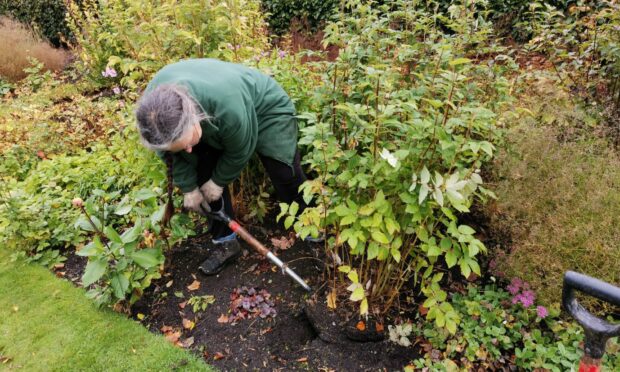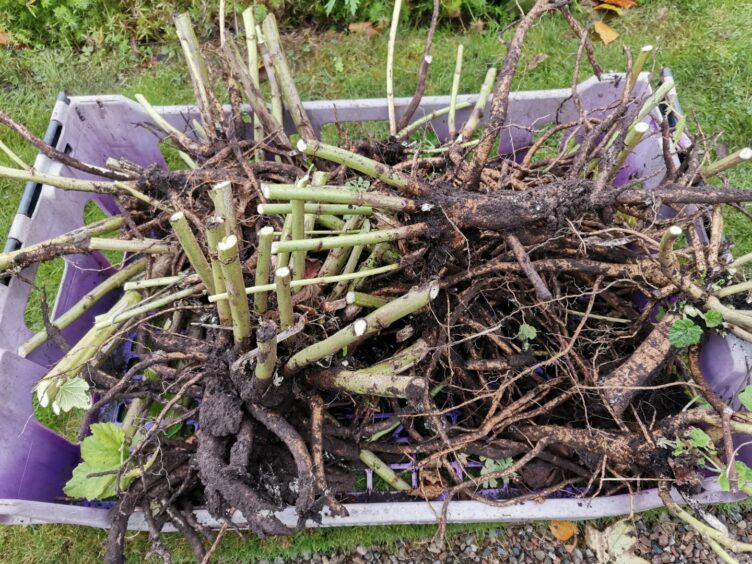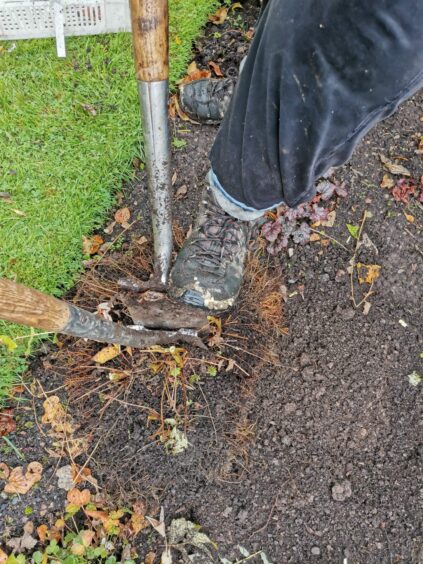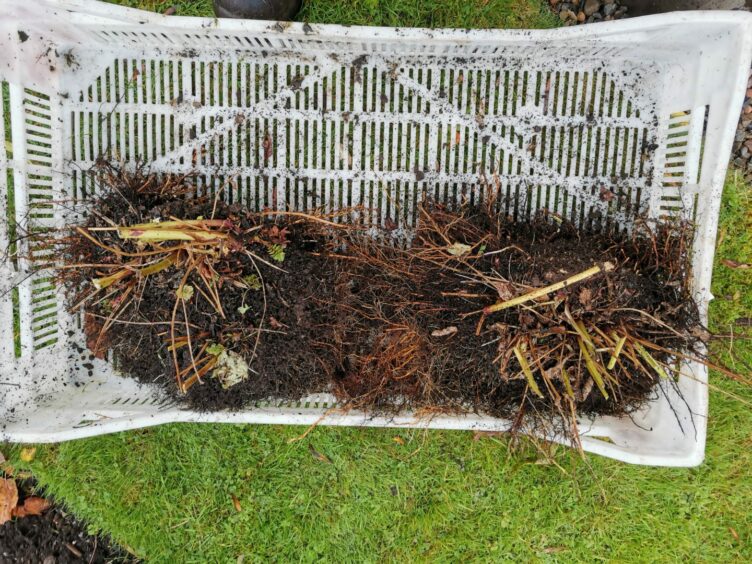I’ve started so I’ll finish…my advice on boosting your herbaceous plants that is.
Welcome to part two, which I promised last week. No worries here though because you don’t need to be a mastermind to do this next bit.
Lift and split
Before your herbaceous plants turn completely brown and unrecognisable, you have a unique window to lift and split them. As I mentioned earlier about the benefits of autumn planting due to the nature of the changing seasons i.e. wetter, milder winters and drier springs.
It pays therefore to lift, split and replant your herbaceous plants at this time of year. This is so they may have a chance to settle in and put down some roots now while the soil is warm and will be better set up to rocket away new growth in spring.
I always prefer to lift and split in mid to late autumn though primarily because if I’m stumbling around the herbaceous borders with my size 10 feet then at least in autumn I know the herbaceous is on its way down, not up.
Why not spring?
You can of course wait until spring to lift and split and your borders, typically waiting for signs of the new foliage coming up.
This is to help tell what the plants are by emerging shoots and foliage and also their specific clump size and formations. In spring however, you’ve to be much more careful not to stand on the nearly emerging plants and so you need boards put down to distribute your weight.
Not only is this extra work but split clumps planted in spring will need extra watering to settle in the roots. This is because it’s already in active growth above and below the ground whilst going into environmentally warmer and drier conditions.
As I’ve also stated, we chop our borders to leave a layer of mulch on top over winter. If I split in spring then I’ve to wait and see where the new growth pops up through it and then scrape back some of it to see where the boundary of the clump to be lifted is.
It’s just all extra work and I live by the motto to always work smarter not harder. It’s nae like I’m exactly twiddling my thumbs come springtime either.
In a future issue, I might even answer the all-time greatest gardening question I receive: What do gardeners do in winter? (cue cursing).
Free plants
So why bother to lift and split? Well put simply, it is the easiest way to get more plants for free.
Dig a clump of herbaceous plants out then split them with a spade or prize apart with two back-to-back garden forks and replant as two clumps (or even three or four, with larger clumps) et voila!
You’ve doubled your money! There needs to be ample growth and roots to do this of course but you’d surprised how easy is it is to tell the amount the plant wants to split.
Many plants will naturally pull apart to form new clumps.
Performance boost
The other upside to this is that you will re-invigorate the plants to grow and even help them flower better.
Often the centre of a clump of herbaceous (known as the crown) becomes older and less productive with newer growth forming around the periphery.
By lifting and splitting through the crown then healthy new plant clumps are made which should then produce equal growth all round.
On November 11, Gardeners Question Time which was recorded at Pitmedden Garden, airs. In it, Chris Beardshaw describes how one listener could be lacking flowers not only due to light and heat levels but also because it’s overdue a split.
Keep order
Yet another reason we lift and split our borders is to maintain order. We have a layout and plan to keep our border to.
If we don’t go in and lift and split then some vigorous plants outgrow others and so carefully planned layouts become warped.
This distortion causes the loss of carefully crafted colour and texture combinations. To get philosophical; gardening is fundamentally altering nature to fit our own selfish needs.
If you go into a beautiful, neat garden it’s human manipulation that has made it so. Leave a garden for a year and see what it looks like by comparison.
The pandemic in 2020 was a painful way of testing that for many professional gardeners. Home gardening skyrocketed but beautiful sites up and down the country are only just recovering really.
As well as looking after your own garden, why not visit a few of your local amenity gardens, parks and garden centres.
You’ll too gain inspiration, help support them and even hopefully have a good time!
Take care and happy gardening.




Conversation